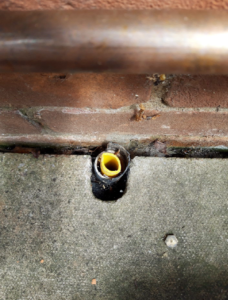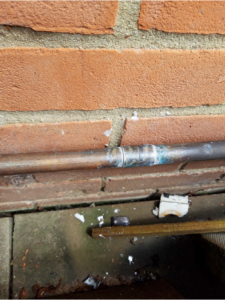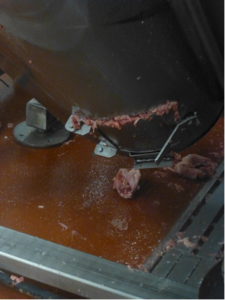Northwich furniture company fined over multiple wood dust failures
A Northwich furniture company has been fined £16,000 after it repeatedly failed to protect its employees from exposure to wood dust.
Pineland Furniture Ltd, based on Witton Street in the Cheshire town, was inspected by the Health and Safety Executive (HSE) on two separate occasions over a two-year period – with both identifying identical breaches.
Nathan Cook, HSE senior enforcement lawyer, told Chester Magistrates Court, how a visit in December 2019 found significant breaches of the Control of Substances Hazardous to Health Regulations 2002 (COSHH) – resulting in six improvement notices being served. These included requirements for the company to undertake statutory examinations of its wood dust extraction systems and to undertake face fit testing for those employees required to wear tight fitting face masks.

However, another visit to the same premises in November 2021 found identical breaches and again improvement notices were served.
This inspection came as part of HSE’s national campaign targeting woodworking businesses. The significant occupational health risks associated with wood dust and the continued failure to ensure control of exposure to wood dust resulted in HSE prosecuting the company.
Pineland Furniture Limited pleaded guilty to breaching regulations 7(1) and 9(2)(a) of COSHH. They were fined £16,000 and was ordered to pay £3008 costs at a hearing at Chester Magistrates Court on 11th October 2023.

After the hearing, HSE inspector Ian Betley said: “Wood dust is a substance hazardous to health because it can cause serious non-reversible health problems, including asthma; dermatitis; and irritation to the eyes, nose and throat.
“Occupational lung disease causes the death of 12,000 people in Great Britain annually, and there are an estimated 19,000 new cases of breathing and lung problems each year, where individuals regarded their condition as being caused or made worse by work.
“It is important to carry out statutory thorough examinations of extraction equipment and ensure face fit testing, as required by COSHH to help prevent ill health.
“We will not hesitate to take enforcement action when necessary to make sure workers’ health is protected.”
Notes to Editors:
- The Health and Safety Executive (HSE) is Britain’s national regulator for workplace health and safety. We prevent work-related death, injury and ill health through regulatory actions that range from influencing behaviours across whole industry sectors through to targeted interventions on individual businesses. These activities are supported by globally recognised scientific expertise.
- More information about the legislation referred to in this case is available.
- Further details on the latest HSE news releases is available.
- Guidance on woodworking safety is available.
- HSE’s national Dust Kills campaign microsite contains helpful information.


